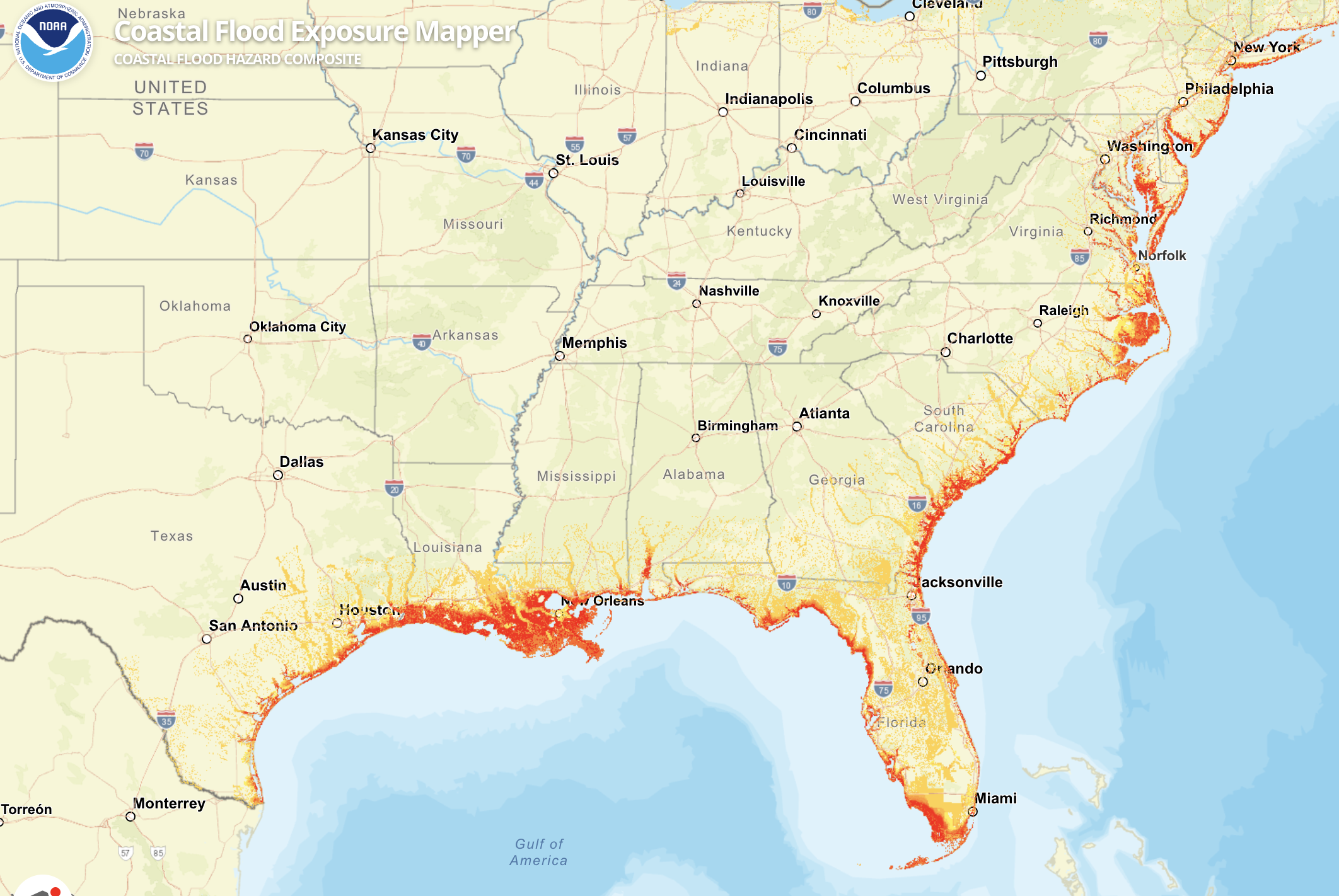
How do we know Climate change is real?
CLIMATE CHANGE CAUSES…
Extreme Weather
In the last 20 years, we’ve seen an unprecedented increase in extreme weather events. How do we know this? The data proves it.
Until 2005, there were less than 5 billion dollar weather events per year in the US. Now, the US averages 23 per year (NOAA)
This is because human-caused climate change warms the air and oceans. Warmer air holds more moisture, and warmer oceans provide more energy—fueling the production of more frequent and storms with heavier rainfall and higher winds.
HOTTER TEMPERATURES
CLIMATE CHANGE AlSO CAUSES…
Every year in the past decade (2015-2024) has ranked in the top ten hottest years on record since 1850.
No, really. Just ask the WMO.
If the unprecedented speed and scale of modern warming doesn’t alarm you, maybe this will: heat-related mortality rates have tripled in the last 10 years—after a 30 year period of stagnancy.
Global warming isn’t just killing the planet, it’s killing people too.
CLIMATE CHANGE ALSO CAUSES…
THREATS TO FOOD
In 2012, KPMG predicted that global food prices could increase 70-90% by 2030.
While many factors shape food costs—like extreme weather, geopolitical conflict, and high input costs—climate change is a compounding factor behind them all. Hotter temperatures and worsening droughts cut crop yields, shrink supply, and push prices up. Hurricanes, tornados, and other extreme weather events can destroy an entire field of crops in one isolated incident.
The IPCC confirms it: climate change is already harming food production and will likely make prices even more volatile in the years ahead.
Tap this map to navigate to Carbon Brief’s interactive map displaying climate-powered weather impacts on food production
CLIMATE CHANGE AlSO CAUSES…
SEA Level Rise
Sea levels have already risen 8 inches since 1880 and are projected to rise another 12 inches by 2050.
By 2050, 2.5 million Americans and $117 billion collective market value in coastal property will be at risk of severe flooding—even if global climate pledges are met.
That’s best case scenario.
Unfortunately, sea levels in 2024 rose even faster than NASA predicted—meaning even more people, especially along the Gulf and East Coasts, face growing threats to their homes, incomes, and futures.

How do Universities contribute to climate change?
extracting fossil fuels
UT Austin perpetuates the climate crisis by…
The UT System extracts 65,000 barrels of oil every day.
In addition to releasing planet-warming carbon dioxide, burning fossil fuels releases pollutants like carbon monoxide sulfur dioxide that cause thousands of premature deaths in the U.S. each year.
Investing in fossil fuels
UT Austin perpetuates the climate crisis by…
The UT System extracts 65,000 barrels of oil every day.
In addition to releasing planet-warming carbon dioxide, burning fossil fuels releases pollutants like carbon monoxide sulfur dioxide that cause thousands of premature deaths in the U.S. each year.
Housing a natural gas power plant on campus
UT Austin perpetuates the climate crisis by…
The UT System extracts 65,000 barrels of oil every day.
In addition to releasing planet-warming carbon dioxide, burning fossil fuels releases pollutants like carbon monoxide sulfur dioxide that cause thousands of premature deaths in the U.S. each year.




